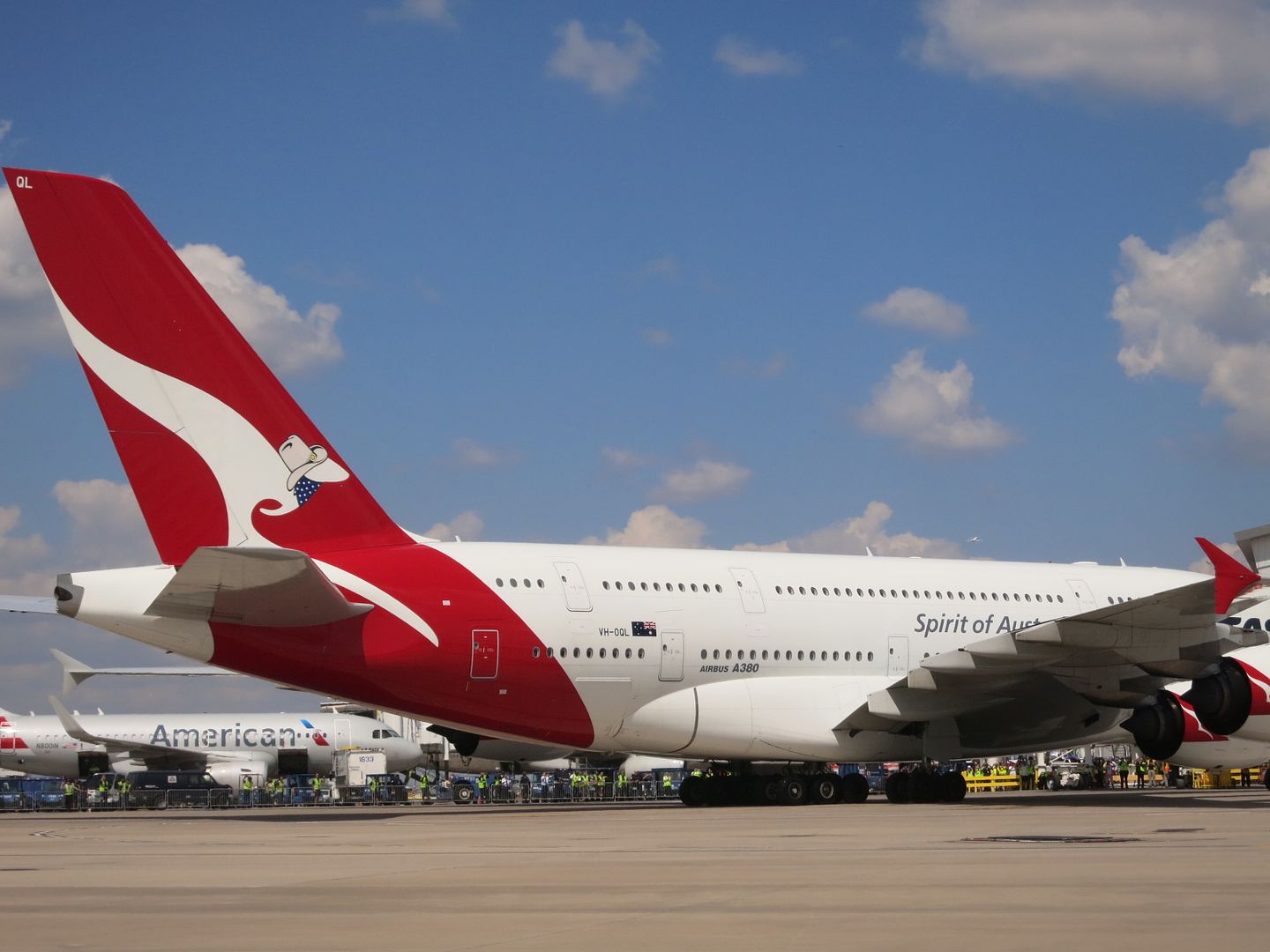American Airlines has joint ventures with several airlines, including British Airways, Qantas, and Japan Airlines. In theory these are “metal neutral” – it isn’t supposed to matter to the airlines which one flies a given route. They split the money.
So how do they decide who flies? In a recent employee meeting, a recording of which was reviewed by View From The Wing, American’s Vice President for Network and Schedule Planning Brian Znotins explained how they coordinate schedules with their joint venture partners, including who flies where and when.
- Who has slots and how are they being used? At slot-controlled airports like New York JFK, London Heathrow and Tokyo Haneda the number of flights are capped and only slot-holders can operate though slots can be traded or temporarily assigned.
- Aircraft and crew availability.
- Aircraft configuration. Znotins notes that British Airways has historically had more business seats as a percent of total on their aircraft, so BA flies business-heavy routes. The flip side of course is that for several years American has had insufficient business class seats for premium routes. Even four years ago now-Chief Commercial Officer Vasu Raja complained about a lack of business class seats even as the airline was removing business class seats.

Znotins notes that American and its joint venture partners meet a minimum of quarterly, though often more frequently, to discuss these issues. Sometimes it’s a minor issue like coordinating flight times with connections, even shifting a flight by just 5 minutes. Other times it involves another carrier picking up a flight, even temporarily. For instance American picking up a Miami – London Heathrow frequency when British Airways “was having trouble with their supportability” and staffing levels. BA couldn’t manage the capacity, but the two airlines didn’t want to give up a Miami flight.
More long term, these discussions center around each airline’s fleet planes, new planes arriving, and what new routes they might operate.

American believes it is “generally better..to fly from an AA hub to a non-hub in the geography” for instance flying from Dallas – Fort Worth to Paris than it is to have British Airways fly that route, since BA would have to position long haul aircraft. Znotins notes that, “conversely, it is better for BA to fly to a secondary point in the U.S. like Nashville so that American doesn’t have to position the aircraft.”


Yep. It makes sense to me. I’d probably do the same thing.
Does anyone know why American does not show/sell SNA-SFO flights (operated by Alaska)?
Is American’s JV truly metal-neutral? My understanding is that the Delta and friends JV shares profit while the United/Air Canada/Lufthansa/et al and AA/BA/et al JVs share revenue.